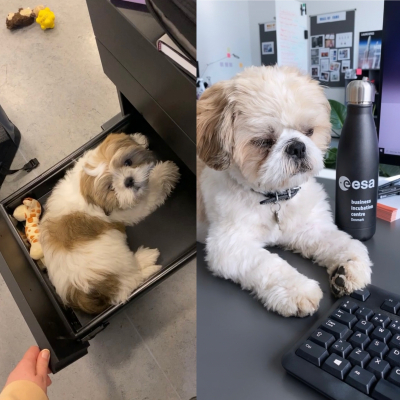
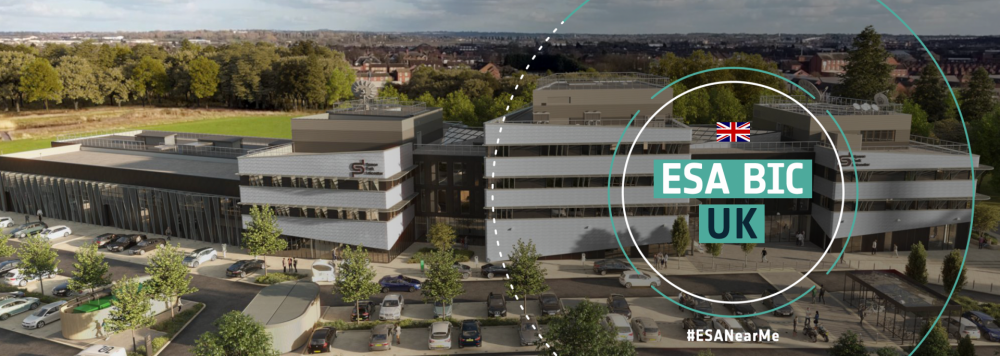
This story is part of our new Story Series: Meet ESA Space Solutions Network. In this new series, we’re going to introduce you to the great teams across our Network that are using space to develop business applied in daily life. Curious about their highlights and advice? Read on.
Who is ESA BIC UK?
The ESA BIC UK was established in 2010 as the fifth member of the ESA BIC network. Over its history, the ESA BIC UK has supported approximately 100 companies. Originally set up at Harwell Campus – known for its thriving space cluster, it has since expanded to the North West (Daresbury), Scotland (Edinburgh) and the East Midlands (Leicester), rocketing the space sector in the UK.
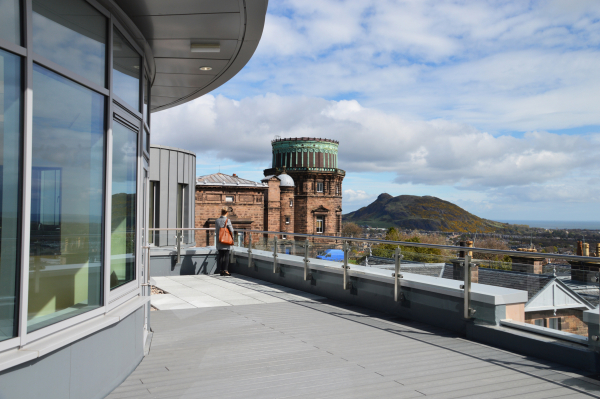
Tell us about the people in your team and what strength/added value do you bring through.
Will Gault is the ESA BIC UK Manager. Will is there for the our businesses every step along the way, from initial enquiry through to post-graduation, ensuring that they take advantage of what is on offer to launch business ideas.
Helen Goody, Anne Green and Angela Mills keep everything in check, making sure nothing is missed, from applications to allocating funding.
Delyth Edwards, Michaela Kiernan, Ruairidh Henderson and Paul Corazzo represent our different UK locations and know how to network. They make sure that businesses are aware of what the ESA BIC UK can do to support them, and connect incubatees with what they need during their journey.
Zoe Hill, Sue Davies and Lottie Brown help to spread the word and boost the ESA BIC UK community through marketing and events; sharing stories, getting social and bringing their admirable organisation skills to networking events (and ensuring there’s plenty of cake!)
What has inspired you to work in the space industry?
What makes the team special is that we come from different career backgrounds yet have a passion for all things space. What’s most interesting to us is that the applications of space technology impact our everyday lives in ways that people wouldn’t necessarily realise. We enjoy finding new companies working in unique fields, and educating people on the impact of space. It’s exciting to see the UK space sector grow and grow, and the ESA BIC UK is a big part of it.
Do you look for/have start-ups working to solve big world problems?
Absolutely. Entocycle is a first-class example of how space technology can be applied to address one of the most important global challenges we currently face – how to feed the world without harming our planet. Black soldier flies are used to convert upcycled food waste from farms and factories into a sustainable, organic insect-based protein feed, as an alternative to soya, for farmed animals. Basically, the company is using food waste to create insect protein to feed the animals that we eat, while reducing carbon dioxide emissions and deforestation. Through the ESA BIC UK, Entocycle acquired the expertise to develop a network of cutting-edge sensors, originally designed for use in space, to monitor and optimise the black soldier fly lifecycle.
Please present examples of startups incubated by ESA BIC UK and what are they doing.
Sustainability:
Crover - has developed a unique robotic grain storage solution and provides a new way to automate monitoring activities
Smart Green Shipping - is facilitating the uptake of more sustainable wind ships to reduce emissions in the shipping industry.
LENKÉ Space and Water Solutions - is using satellite and climate data to identify opportunities for better water management in areas where resources are scarce.
AutoNaut - is using unmanned surface vessels for improved zero carbon ocean monitoring to help combat the effects of global warming.
Safety:
Lanterne - is responding to the challenges of COVID-19 by pivoting from safe routes for international workers to the Crowdless social distancing app – and has now pivoted again into micro mobility, enabling greener and safer transport.
Rezatec - is using satellite data and artificial intelligence (AI) to remotely monitor water insfrastructure, including dams, waste and clean water pipelines.
Ridersmate - is a dedicated GPS safety and tracking device for automated personal safety in marine and inland waterway environments.
Medical:
Adaptix - is developing portable 3D X-ray machines for earlier cancer detection, connected through the power of satellites.
Inspire general audience:
Flox - is using sensors and AI, plus robotics based on the ExoMars Rover. Farmers can monitor the health of their chickens without disturbing them.
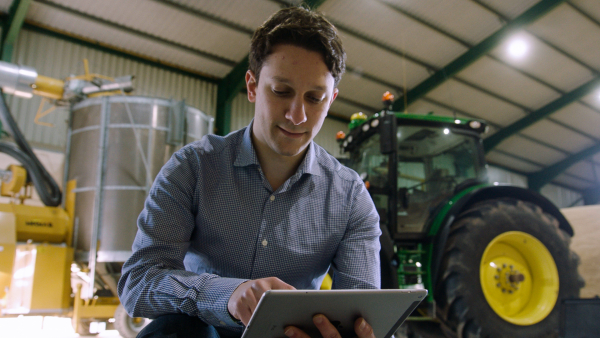
Would you like to share an interesting/inspiring story from one of your alumni?
They are all wonderful and tracking them all is hugely rewarding. From an entrepreneurial perspective, it has been fantastic to watch Open Cosmos develop from a small team selling education products to an established space missions provider with more than 60 people which is now attracting its own cluster of new companies as partners and customers. Other ESA BIC UK companies have worked with Open Cosmos on space missions – the most recent being Lacuna Space.
What is your advice for aspiring entrepreneurs?
Here are three main tips that we share with entrepreneurs:
- make sure there is a real need for your innovation
- have the right team in place to take your idea to market
- make a plan for sourcing funds
And don’t let the diversity of space put you off. There’s so much potential and support out there if you find the right people to connect you, especially with the sector thriving like it is; in the UK and globally!
Using one word, how would you describe the ESA Space Solutions community?
It’s tough to pick one – community is a nice way to explain it, but as the question includes that, let’s go for collaborative.
How would you solve problems if you were from Mars?
Bring all the exciting Martian technology to deliver even more positve impact to everyday life on Earth.
What is your website link where the readers can find more about you?
www.esa-bic.org.uk or follow us on social media: @ESABICUK and LinkedIn
#ESABICUK
The European Space Agency Business Incubation Centre United Kingdom (ESA BIC UK) is managed and partly funded by the Science and Technology Facilities Council in collaboration with ESA Space Solutions, the University of Leicester and the UK Space Agency.
ABOUT ESA SPACE SOLUTIONS
ESA Space Solutions is the go to place for great business ideas involving space in all areas of society and economy. Our mission is to support entrepreneurs in Europe in the development of business using satellite applications and space technology to improve everyday life. ESA Space Solutions is designed to provide multiple entry points such as ESA Business Incubation Centres (ESA BICs), ESA Technology Broker Network, ESA Business Applications Ambassadors and ESA Business Applications programme. Funding typically ranges from €50k to €2M and supports everything from technology transfer, business incubation, Feasibility Studies to large-scale Demonstration Projects.
Posted to Hero article section
No


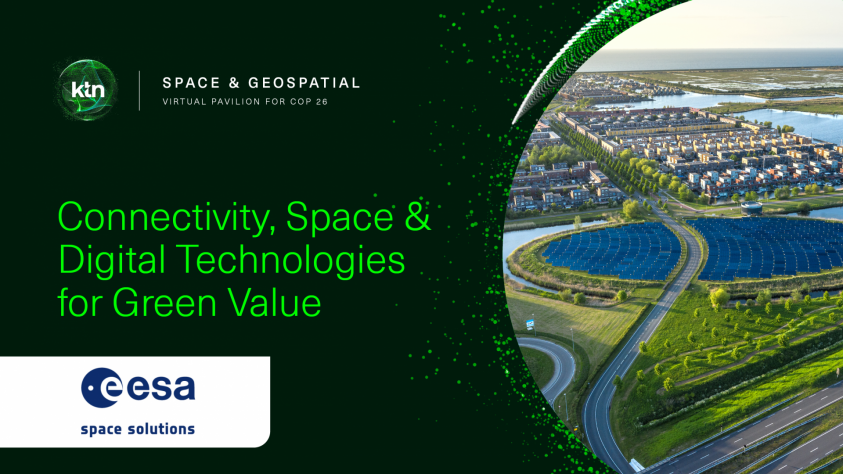

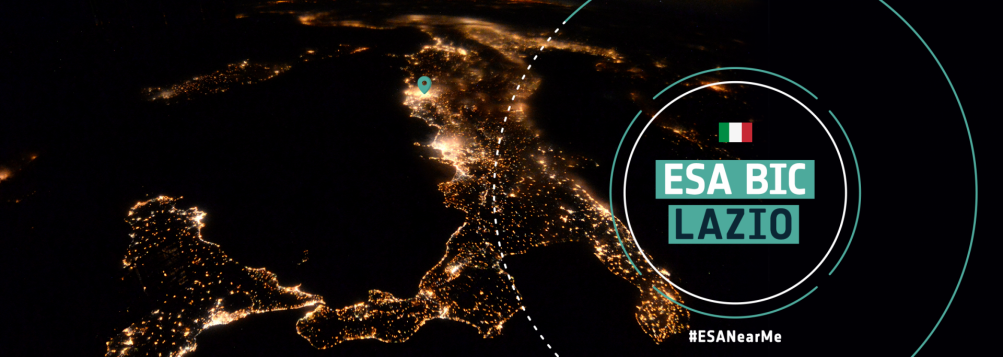
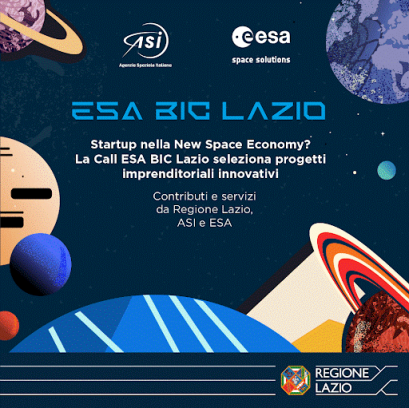
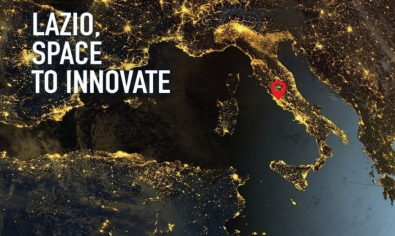


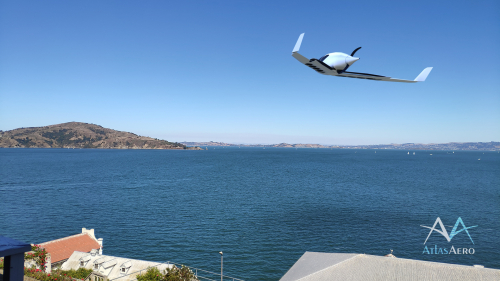




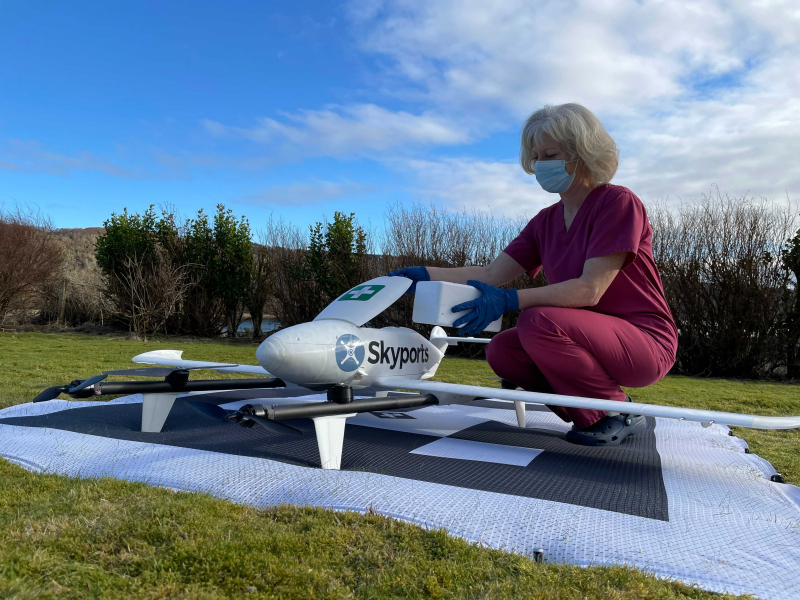
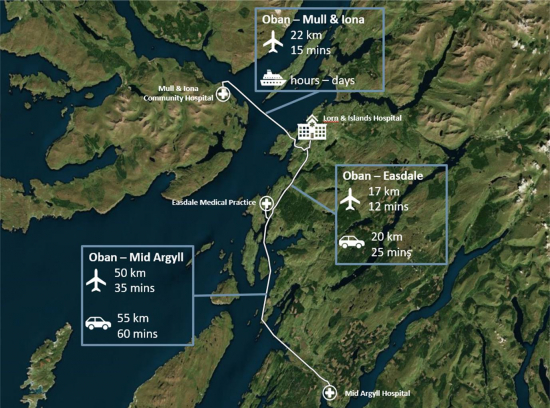

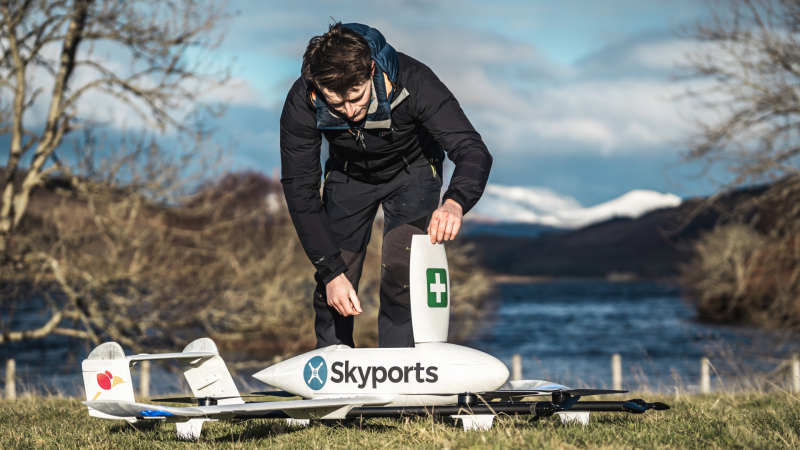
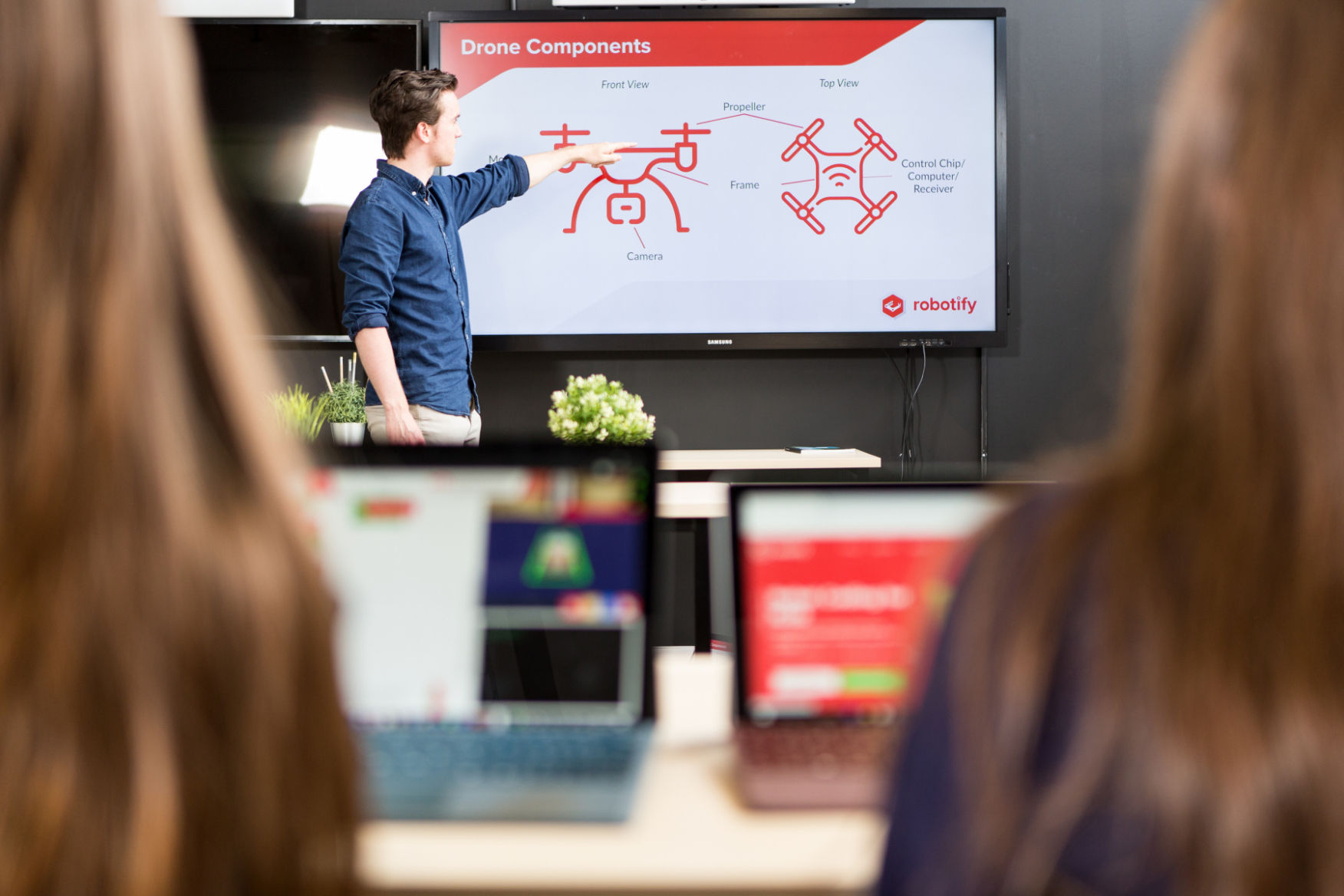
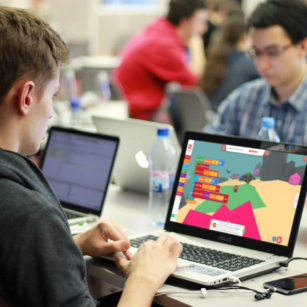

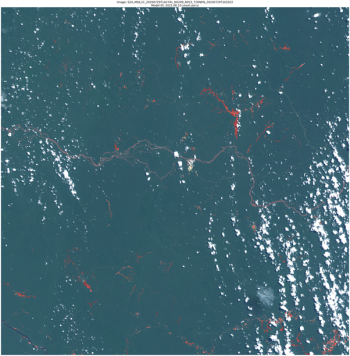
 dida is collaborating with Levin Sources, a UK company specialised in ASM and responsible mineral supply chains. Together,they will help governments and private sector clients to support formalisation of artisanal and small-scale mining and apply the ASMSpotter solution effectively, including safeguarding how it is used.
dida is collaborating with Levin Sources, a UK company specialised in ASM and responsible mineral supply chains. Together,they will help governments and private sector clients to support formalisation of artisanal and small-scale mining and apply the ASMSpotter solution effectively, including safeguarding how it is used. 

